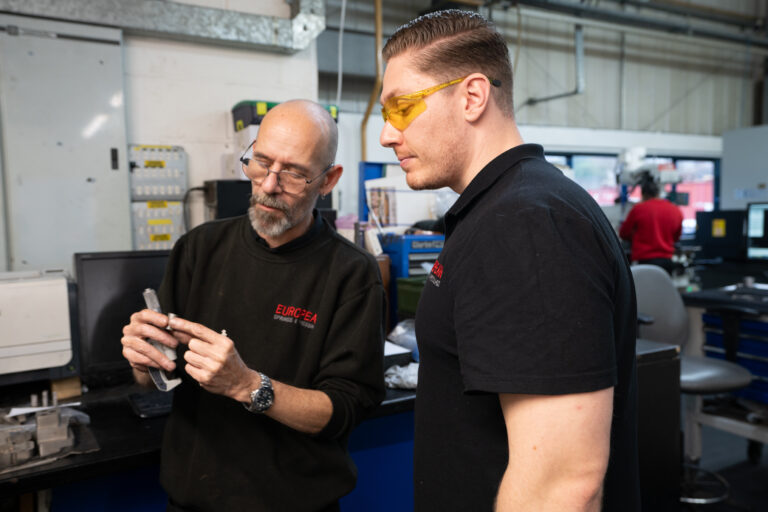
Budget 2016: What Engineers Need to Know
Last week, Chancellor George Osbourne delivered his budget for this year and made a number of references to the technology
Home › News & Updates › Page 13

Last week, Chancellor George Osbourne delivered his budget for this year and made a number of references to the technology

3-D printing has developed at an astounding rate in the last few years; the ability to 3-D print nearly everything

Here at European Springs IE, we’re pretty seasoned in creating wireforms for you to then go on and create your

He may be well known for his politically incorrect gaffes, but Prince Philip has played some pretty important roles over

It seems like everyone’s been going a bit space mad over the past few months. With the first official UK

We’re well and truly in the midst of the festive season now, so it seems only right that we wish

You’ve probably been hearing quite a lot about the UK astronaut Tim Peake over the last few weeks, and rightly

Here at European Springs Ireland, we love hearing about young people getting into engineering. After all, we do need the

With the rising popularity of robots and robotic engineering, the UK is set to hold their first ever Robotics Week

And even if we don’t have exactly the tool we need, European Springs’ in house technology enables us rapidly to design and make complex tools, allowing us to offer more competitive prices.



© Copyright 2025 | European Springs
Designed, Promoted and Powered by SQ Digital